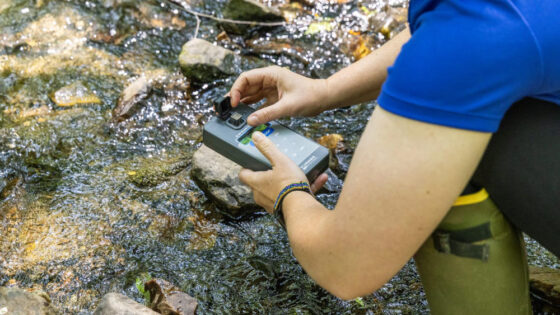
As states prepare for another summer of harmful algae blooms, Stroud Water Research Center scientists have discovered how to track the water pollution they sometimes signal using real-time sensor technology.
Toxic Algae
We’ve all seen the images of toxic algae blooms off the coast of Florida and elsewhere around the world, with documented cases of up to a million fish killed. Fertilizer from agricultural runoff, warming temperatures, and sunlight are a recipe for algae outbreaks that can sicken humans and their pets, marine animals, and the fish and other life in rivers and streams. Climate change can further fuel algae to grow.
While not all algae are harmful — in fact, certain species feed aquatic organisms — too much, no matter the variety, can be deadly. Why? Because when they die, the blooms feed bacteria that rob the water of oxygen.
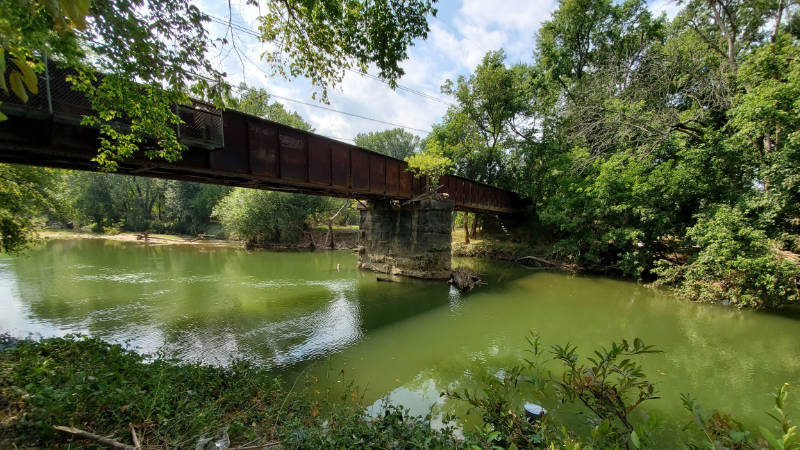
When algae is on the rise, scientists want to know why. Sometimes, it simply means heavy rain has pulled up some algae that had been growing on the riverbed. More ominously, it could indicate nutrients from farms, a leaking septic tank, or a sewage treatment plant are flowing into fresh water and stimulating algae to grow faster.
Retooling Available Technology
Measuring algae is simple enough, and algae is commonly used by water quality managers and scientists as an alarm bell to indicate possible water pollution. But from where it came and when has remained something of a mystery — until now.
Stroud Center scientists Marc Peipoch, Ph.D., and Scott Ensign, Ph.D., have discovered a way to trace the origins of algae in waterways.
“Algae contains chlorophyll, and measuring chlorophyll in a river is like taking someone’s blood pressure. A high reading could indicate an underlying health issue, or maybe you just had two cups of coffee. You need to dig a little deeper,” explains Ensign.
To dig deeper, the team decided to test the use of EnviroDIY™ Monitoring Stations, a combination sensor and Mayfly Data Logger, to collect water quality data every minute or two during storms, when algae would more rapidly move, mix, and flow down Brandywine Creek, a tributary to the Christina River.
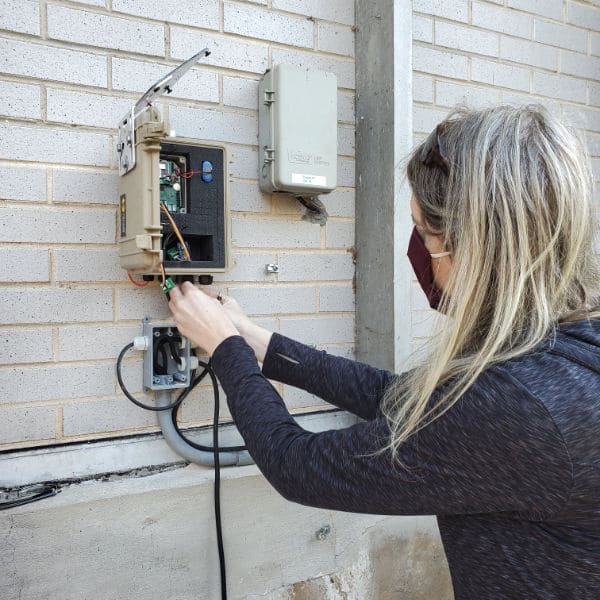
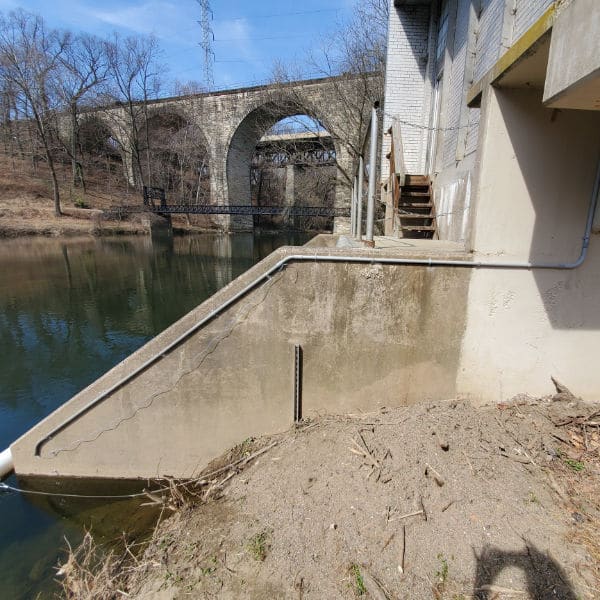
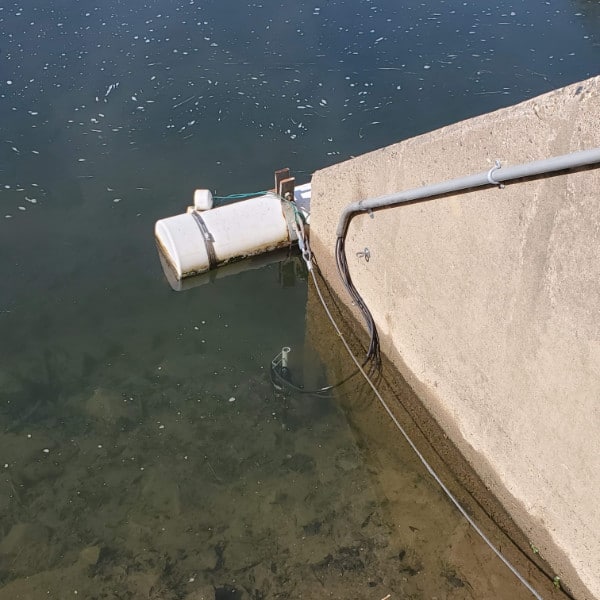
Their theory was that if algae were abundant close to the point of detection (in this case, the sensors), chlorophyll concentration would change more quickly during storms than if the algae came from farther away. Whether the chlorophyll concentration initially increases or decreases can indicate whether the algae were growing attached to the streambed or floating in the water above.
The data confirmed what the scientists had suspected, and their findings were published in the peer-reviewed journal Limnology and Oceanography Letters.
Ensign says, “This is an exciting discovery. The sensor technology isn’t new. It’s just never been used in this way. And now we’ve proven that it not only works for identifying the sources of algae, but also that this method should be applicable at a variety of scales — from small shallow streams we see in our backyards to rivers as mighty as the Mississippi.”
Learn
- Learn how Stroud Center scientists are tracking sediment, another freshwater pollutant.
- Learn about the Stroud Center’s work to monitor, protect, and restore water quality for more than 15 million people in the Delaware River basin.
Act
Your $50 donation today supports cutting-edge science that helps to protect and restore clean fresh water.
Like what you’ve read? Subscribe to get UpStream Newsletter in your inbox! You may unsubscribe at any time, and we will never sell or share your information.


